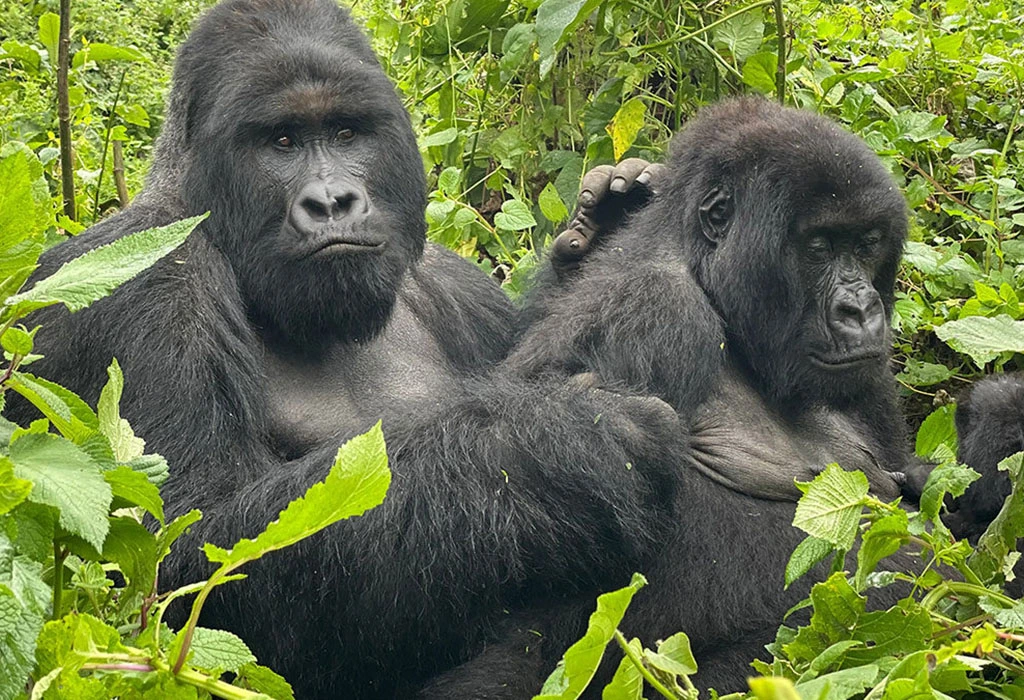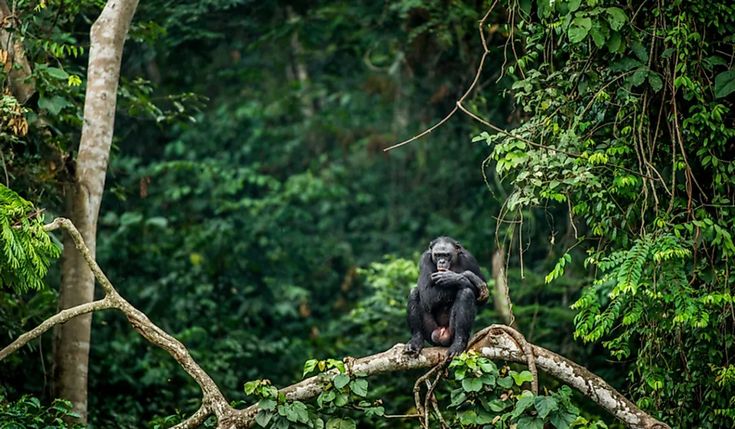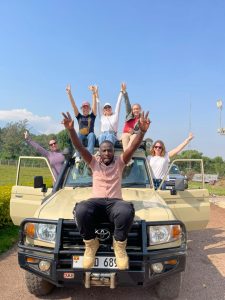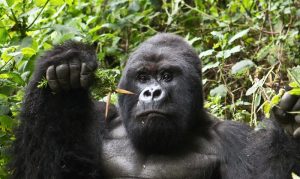The safety of traveling to the Democratic Republic of the Congo (DRC) depends heavily on which region you plan to visit and the current political and security conditions, which can change rapidly. Here’s a comprehensive and honest overview based on the most recent and typical guidance from travel advisories, regional trends, and on-the-ground realities: Is Democratic Republic of Congo safe for tourists now?

Is the Democratic Republic of Congo (DRC) safe for tourists now
Some areas, especially in eastern DRC, remain unstable and dangerous, but certain regions such as Virunga National Park and areas around Goma or Bukavu may be visited under strict conditions with trusted local operators. Travel here is possible but not without risk.
Which parts of Congo are unsafe?
Eastern DRC – High Risk
This includes provinces such as North Kivu, South Kivu, and Ituri. These areas have ongoing armed conflicts involving rebel groups, criminal gangs, and Congolese forces. Dangers include:
- Armed clashes
- Kidnappings (including foreign tourists in the past)
- Banditry and road ambushes
- Civil unrest and political instability
Virunga National Park—while stunning and home to mountain gorillas—is located in North Kivu and has experienced periodic closures due to security threats. Although the park reopened in limited form under tight security and military escort, travelers must go only with authorized tour operators and understand the risks.
Are there safe areas in Congo for tourists?
Yes, relatively safer areas for tourism include:
- Kinshasa (the capital): Generally calm with typical big-city challenges like petty theft. Good for short city stays or business trips.
- Zongo Falls (near Kinshasa): Scenic and accessible for day trips.
- Lubumbashi (Katanga region): Mining and business hub, less affected by conflict.
- Kahuzi-Biega National Park (near Bukavu): Famous for eastern lowland gorilla trekking. This park has seen improved security in recent years, especially when visits are done with professional guides and official permits.
However, even in these areas, it’s critical to monitor current security conditions and travel only with reputable, licensed local companies.
What precautions should tourists take when visiting Congo?
If you choose to travel to DRC, here are essential safety practices:
- Use a trusted tour operator – Always book with registered and experienced companies who work with local authorities and prioritize safety.
- Check travel advisories – Consult up-to-date government advisories (e.g., from the U.S. State Department or UK Foreign Office).
- Avoid independent travel – Do not attempt to travel alone, especially outside major cities or protected tourism zones.
- Register with your embassy – In case of emergencies, your embassy should know you’re in-country.
- Stay updated – Security situations change fast. Stay in touch with your guide, hotel, and local contacts.
- Avoid night travel – Stick to daylight hours and secure accommodations.
- Respect local guidance – Tour operators and locals often know more about risks than official sources can communicate in real time.
Is gorilla trekking in Congo safe?
Technically, yes—with caveats.
Gorilla trekking is offered in:
- Virunga National Park – Mountain gorillas
- Kahuzi-Biega National Park – Eastern lowland gorillas
Both parks require armed escorts, advance permits, and certified guides. Many travelers have had safe, life-changing gorilla encounters, especially in Kahuzi-Biega. However, Virunga has had closures due to attacks, and travel there always carries a higher risk.
If gorilla trekking is your goal and safety is your top concern, Rwanda and Uganda are far safer alternatives.
What about visas and entry requirements?
Travelers to DRC must obtain a visa in advance. Requirements typically include:
- Passport valid for at least 6 months
- Yellow fever vaccination certificate (mandatory)
- Invitation letter or tour booking confirmation
- Proof of onward travel or return ticket
Tour operators often assist with visa applications and can streamline entry at the Goma or Bukavu borders if crossing from Rwanda.
Should I travel to Congo now?
It depends on your risk tolerance, purpose of visit, and planning.
- If you are a seasoned traveler with experience in remote or unstable regions, working with local experts and prioritizing safety, a carefully organized trip to a designated area like Virunga or Kahuzi-Biega may be possible.
- If you are a first-time traveler to Africa, or concerned about health, security, or logistics, it’s advisable to explore safer alternatives like Rwanda or Uganda, which offer similar experiences with greater stability.
Summary
| Factor | Status |
|---|---|
| Capital city (Kinshasa) | Generally safe with precautions |
| Eastern regions (e.g., Goma) | Unstable, high risk |
| Gorilla trekking (Virunga) | Possible, high security required |
| Kahuzi-Biega National Park | Safer, still requires caution |
| Independent travel | Not recommended |
| Organized tours with operators | Best and safest option |




